Skyscraper Technique And Beyond: SEO Strategies To Increase Organic Search Traffic For Your Content
Google’s SEO algorithm has already been updated nine times in 2018 alone. With such constant changes, you will need to stay ahead of the curve to keep your content in the top of their rankings. So how can content creators adapt to new standards and keep ahead of the curve?
There are many different ways that you can increase your content’s Google rankings, but there is no one-size-fits-all approach. To put it as simply as possible: well-researched, well-written content is the content that will rank. Google is very straightforward about what they are looking for in a high-ranking site.
Methods like the Skyscraper Technique will point you in the right direction and get you started on building content that will stand above the competition.
At Titanium Marketing we know what core strategies work when it comes to ranking content, and we know exactly why our digital marketing strategies are crucial to building a business. This guide will lay out the major components of great content so that you can get on the path to building high-ranking articles of your own.
Keeping Ahead Of The SEO Curve
The primary purpose of SEO is to get your blog post to the top of Google’s Search Engine Results Page (SERP) when a person searches for content in your subject area – you are “optimizing” your content for as much traffic to your site as possible.
In the past, Google valued SEO differently. Google’s current ranking algorithm has much less of a focus on complicated ranking factors and keyword stuffing strategies.
With direct, straightforward writing and a strong grasp of linking techniques, a good writer should be able to rank their content for just about any keyword. Below are the most important steps to building successful content – don’t worry, we’ll be breaking them down one by one in this article.
- Know Your Audience
- Keyword Analysis
- Smart Link-Building
- The Skyscraper Technique
- Planning A Framework
- Keeping The Reader’s Attention
- Tools To Help You
1. Know Your Audience
This point is number one for a reason. If you don’t have a good grasp on your audience, then your entire article will be out of whack. Picture trying to market a high-end electric car to a millennial audience – sure, millennials are all for eco-friendliness, but how many have the cash or credit to shell out the necessary money for a Tesla?
You must match up your content with your target audience at all times. Otherwise, you’re wasting words on a demographic that won’t engage with the content that you worked so hard on.
If a reader realizes that an article isn’t worth their time, they’ll leave the page before interacting with it – this is called bouncing. Your article’s bounce rate will be negatively affected if it doesn’t draw the audience in and inspire them to read further and click on more links.
So say you’ve determined the correct target audience for your content and now you’re ready to write. Next step is to zero in on a keyword that you can build your article around. This is where your keyword analysis will come into play.
2. Understanding Keyword Analysis
How will you be able to reach the largest readership possible with your content? The answer is by not cutting any corners with your keyword analysis. A proper analysis of relevant keywords will show you just how to bring the most traffic to your content.
Say you want to write an article on the best office chairs to purchase for a home office.
Utilizing keyword analysis tools like SEMRush, you’ll be able to plug in your major keyword – in this case, “Best Office Chair” (or something similar) – and the tool will provide analysis of that keyword’s performance in Google.
Let’s break down a couple of key terms regarding keyword analysis:
- Keyword Difficulty (KD): A keyword analyzer will spit out a number between 0-100 that denotes your keyword difficulty. Here’s a simple guide to understanding levels of difficulty.
>80 = Difficult
60-80 = Moderate
<60 = Easy
Notice that the first result in the image “Best Office Chair” has a moderate keyword difficulty. Thus, it will require a comprehensive, well-researched article in order to rank above competing articles.
But, the term “Best Office Chair For Back Pain” has a much lower keyword difficulty – revamping your article to focus on this keyword will give your content a much higher chance of ranking.
- Search Volume: The amount of times a term is searched within a month – with a relatively common term like the above example, there will naturally be a high search volume. But notice that other, relevant keywords have nowhere near as much search volume.
Search volume is related to keyword difficulty. How so? A less-searched term gives a content creator a greater chance of ranking their content, therefore it won’t be as “difficult” to rank for.
- LSI Keywords: Latent Semantic Indexing (LSI) Keywords are directly related to your primary keyword. The inclusion of LSI keywords will boost your content’s rankings if they are used strategically. Using a tool like LSI Graph, you can generate LSI Keywords that will benefit your content.
- Keyword Stuffing: Something to be avoided at all costs! When a keyword is “stuffed” into an article as many times as possible, Google’s algorithms will recognize your attempts to artificially boost your article’s signal and penalize you.
Before Google’s major Penguin algorithm update in 2012, keyword stuffing was the quick and easy way to boost content artificially, regardless of its quality. Nowadays, Google favors straightforward, educational content that makes sense more than anything else.
Focus on the quality and structure of your article first, and then worry about when and where to include your primary and LSI keywords strategically for the most impact. Click here for an even more detailed look at crafting SEO Keyword Strategies.
3. Link Building
The main purpose of a blog post is to draw a viewer in and direct them to your website’s money page – a.k.a. the page that prompts the customer to purchase a good or a service.
How can we draw a potential customer to the money page without sounding like a sales pitch? The answer is to provide links in your content that the reader will engage with naturally.
Link building is “the process of exchanging links with other sites to increase your own site’s backlinks.” What is a backlink? Easy – any link on another website that leads to your own blog post or website is considered a backlink.
If the Los Angeles Times is writing an article about office chairs and links your blog post, then you’ve just earned a very valuable backlink! Backlinks are directly tied in with link authority – meaning a backlink from a high authority site is much more valuable than a smaller, less reputable site.
Here’s an example of link authority. Perhaps you decide to include a link to WebMD in your article about office chairs that explains the benefits of an office chair that has strong lumbar support.
That WebMD article will have a very high link authority – this means that Google recognizes the link as a reputable site with accurate information. The more of these high-authority links that you include, the higher your own content’s reputability will be – and Google notices this!
Link building is one of the most essential parts of building your online presence. See Titanium’s link building guide for a more in-depth look at different kinds of link building that you can apply to your content.
4. The Skyscraper Technique
The Skyscraper Technique simply involves creating original content that is informed by the very best content on the web for a given keyword. The highest ranking content on Google happens to be the highest quality content as well.
Google prioritizes bringing the most helpful, relevant information directly to the user. This means that your challenge is to study all of the best content that is readily available on the web. The success of using the Skyscraper Technique depends on a few key factors:
- Researching The Competition: There should be no confusion on how you should approach your blog article. In 2018 it’s almost guaranteed that no matter the subject, somebody has researched and written on it. Use this to your advantage!
Study your sources and see what has worked best for other writers. It should be noted that this is not an endorsement of plagiarism.
Be studious and see which strategies worked for other blog writers – take cues from writing strategies that have been proven to rank highly!
- Fill In The Blanks: See what areas other writers have glossed over when writing about a subject. For example, you may find a blog post about studying for a test that is pretty comprehensive – it explains good study strategies, eating well, utilizing study groups, consulting with a professor – but it doesn’t mention how important a good night’s sleep before the test is!
One could easily dedicate an entire article to the importance of getting plenty of sleep before the day of a test. You can write that article! At the very least, if you write a similar article you will know to dedicate more word count to that underexplored part.
- Choosing A Keyword – We can’t stress keyword importance enough. The keyword that you choose will inform the tone and direction of your blog post. Being smart about your keyword strategy will help your content stand out from other, related content.
Later in this article, we will be talking about specific web tools that can help you choose the best keyword for the subject of your content.
5. Planning a Framework
Sufficient preparation for an article can make all the difference. Outlining every step will make things much easier when it comes to sitting down to write. Otherwise, you are simply positioning yourself to be disadvantaged. Legendary Basketball coach John Wooden summed it up perfectly:
“Failing to prepare is preparing to fail”
Be smart about your article framework. Know the next step that you need to take – but at the same time, don’t let your creative process suffer because you feel the need to stick to an outline that isn’t working anymore. Be adaptable!
6. Keeping The Reader’s Attention
The average attention span has decreased significantly in the social media age. It’s hard enough to read through a large Facebook post or an extended product description on Amazon – how can folks be expected to read through an entire blog post?
There are a few key guidelines that content creators should follow to keep the reader engaged from beginning to end. Here are the most important ones:
- Hook The Reader Early: Without a straightforward hook, you run the risk of losing your audience. Draw readers in with interesting facts or strong direct statements that engage them directly.
- Short Paragraphs: Not many people come to blog articles to appreciate nice big paragraphs. If your paragraphs are longer than three or four lines max, you run a major risk of losing the reader (prospective customer). Especially with sidebar ads and popups competing for their attention!
- Set Your Reading Level: The average American reader is at about a 7th/8th-grade reading level. For your content, play it safe and set it even lower – a 6th-grade reading level will guarantee your content is understood and digested by as many readers as possible. Of course, there are exceptions – if you’re writing Business to Business (B2B) content, you have a bit more room to include longer sentences and bigger words. Check out Titanium’s tips on B2B writing skills for a more in-depth look at the differences.
- Utilize Graphics: Pictures, Infographics, Charts are so important in breaking up your text and giving the reader a chance to reset. And they can be a great way to get a concept across without unnecessary verbiage! We can’t recommend graphics enough.
7. Tools To Help You
There are a few critical tools that will help you create the right material with the right keywords and maximize your exposure. Using a combination of these tools will help you build your content.
- SEMRush: A digital marketing toolkit that will help content creators find the correct keywords to build their material. SEMRush will give you the primary direction to find your keyword, analyze competition and begin building your content.
- LSIGraph: This online tool will generate secondary keywords that are relevant to your primary keywords. The inclusion of relevant secondary keywords will help direct Google searches to your content and boost your rankings.
- Grammarly: Grammarly is a useful web tool that provides assistance with vocabulary, word count, and catches grammar issues – it minimizes stress and lets you focus more on the content. Can be used as a plugin on Google Chrome.
- Another Pair Of Eyes: Folks underestimate the value of having another person check your work. If possible have a coworker read over your content and encourage honest feedback.
Bringing It All Together
All the strategies, tricks, and tools that have been laid out in this article have been proven to boost content up Google’s SERP rankings and increase exposure. Use this article as a guide and you will be creating user-friendly content that Google and other reputable sites will recognize.
Truly great content will become the gift that keeps on giving. Here at Titanium Marketing, we call this phenomenon the Circle Of Web.
At Titanium Marketing, we know that the more work you do to follow proven methods like the Skyscraper Technique, the higher the chances that an article will climb up SERP rankings. We take our content marketing process seriously, and we expect great results every time.
But don’t just take us at our word. Titanium has helped transform the web presence for clients with diverse products and services – companies such as AllGreen Recycling, Beverly Hills Rejuvenation Center, and Data Destruction Corporation.
See how organic traffic has skyrocketed for Beverly Hills Rejuvenation Center since they chose Titanium Marketing:
And AllGreen Recycling saw a similar spike in their traffic numbers:
We know just how hard it can be to generate quality content if a company doesn’t have the necessary resources. With a marketing company as competitive and quality-oriented as Titanium, you should look no further for your website’s SERP needs.
Visit our homepage for a free website analysis or contact us directly to get on track to climb Google’s rankings and boost your website’s online presence.

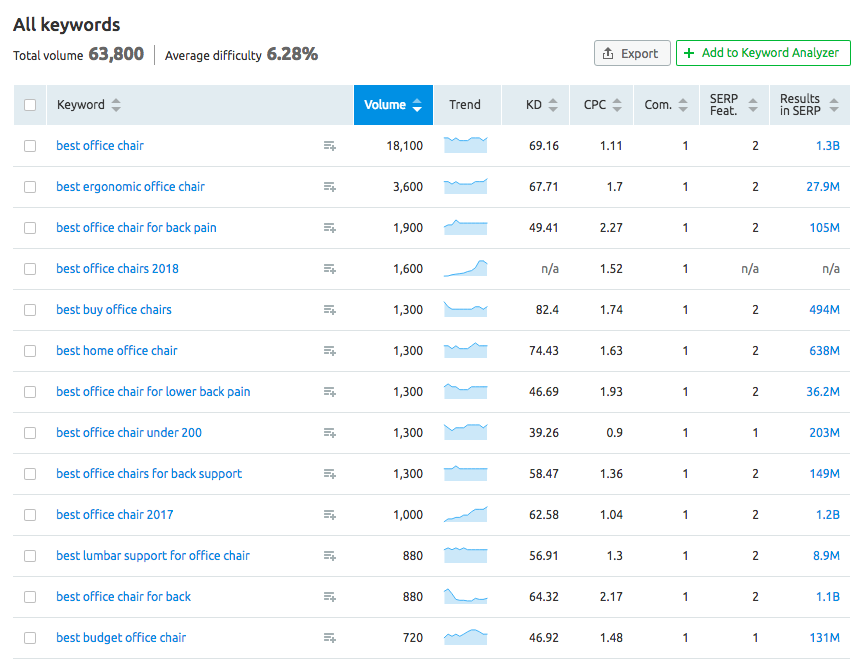
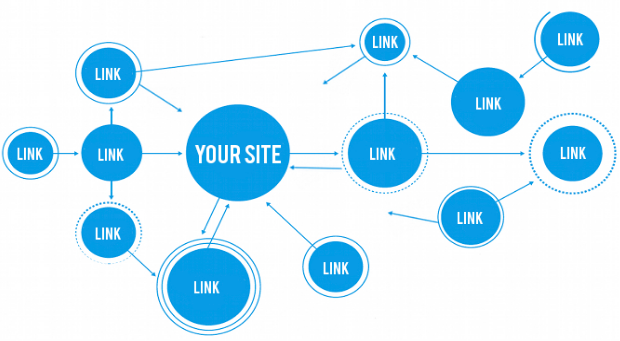
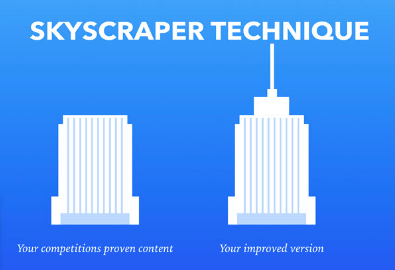
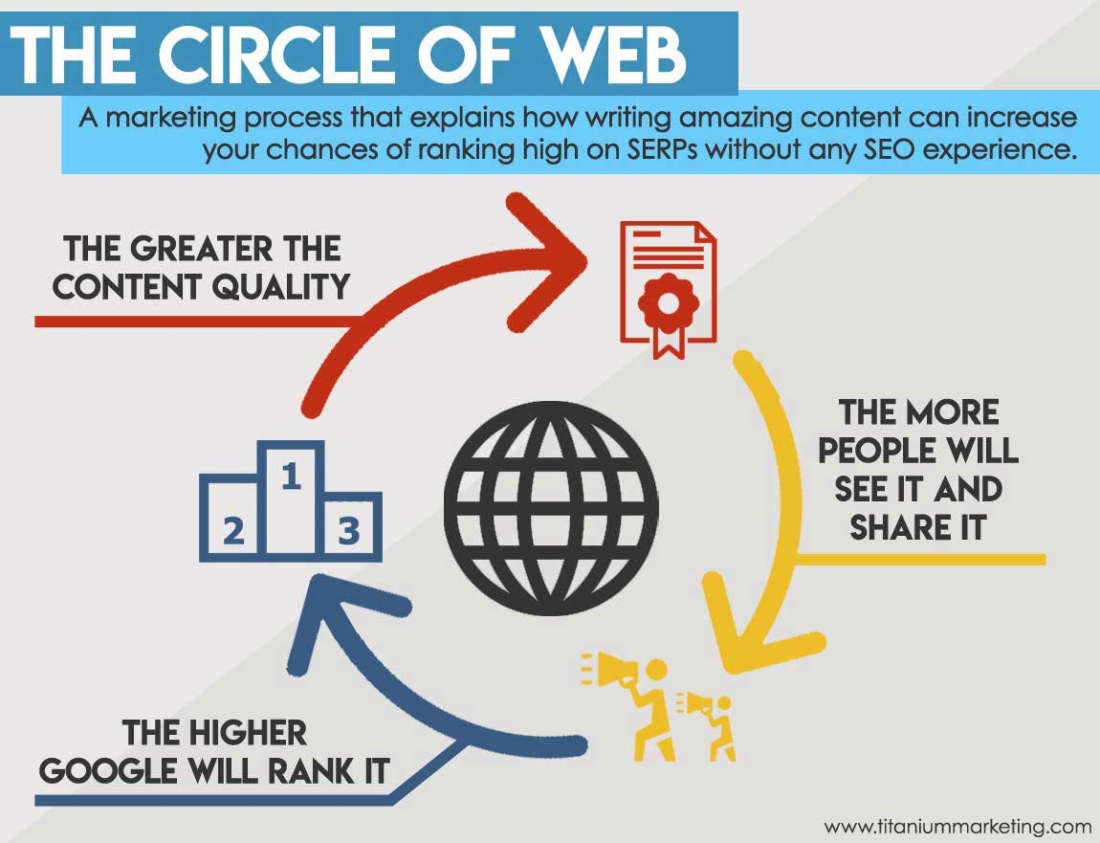
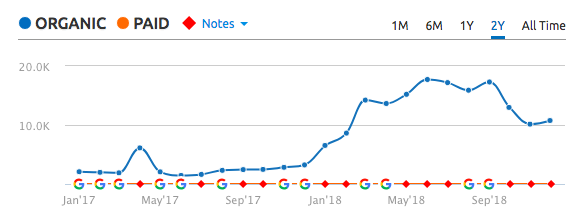
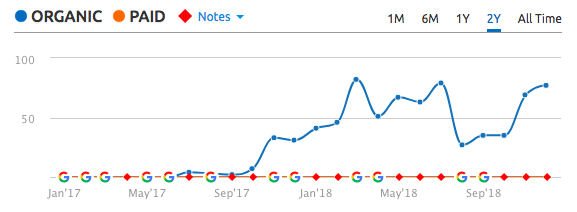







Leave A Comment